Are Smoke, Dust, Pollen or Draughts Getting
Inside Your Home??
There is no “SAFE LEVEL” when dealing with bushfire smoke inhalation.
Smoke, dust and pollen particles are very fine and can cause health issues such as eye and throat irritations. They can potentially aggravate existing lung and heart conditions, bronchitis, emphysema, asthma and thunderstorm asthma, particularly in the young and elderly.
And well… a draughty home… in any season is going to play havoc with temperature control and unnecessary higher energy costs.
Smoke Can Get Inside Many Ways
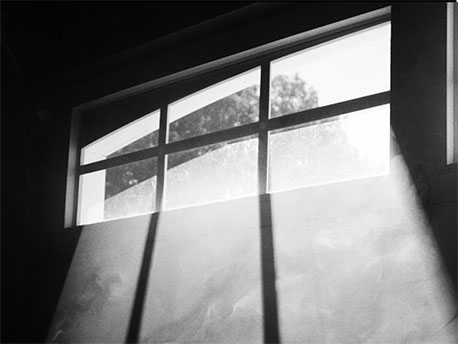
There are many entry points into your home – just watch your local spiders and creepy crawlies – they will show you where the gaps are!
Gaps around external doors
Windows that don’t close tightly
Chimneys & fireplaces
Exhaust fans in kitchens, bathrooms, toilets and laundry
Wall vents
Gaps and cracks (like skirting board to floorboards)
Around feature brick walls
In heavy smoke conditions, you can sometimes see where the smoke is coming in.
There would be wind pressure on that side of your home to see that.
So there must be suction happening somewhere else to pull the smoke in.
Dealing with the obvious point of smoke infiltration is part of the solution.
To fix it, you will need to find the point where the suction is occurring too.
“ Just to let you know that your draught protection works to keep out smoke from coming into the building. Although it is thick and nearly dark outside in mid-morning, the factory and living space is clear and breathable. Our staff can still work in comfort albeit with the lights on! Thank you ecoMaster. We never thought of smoke protection when we put the draught strips in. Big bonus.”
Maintaining Indoor Air Quality
There are many reasons why you should protect your family and loved ones from poor air quality getting inside your home.
1. You don’t need to be near a fire zone – smoke haze travels and can linger for days
Recently during our bush fire crisis, some Australian States unfavourably achieved #1 world rankings for the poorest air quality in the world. This is an issue many of us have never had to deal with before, but we need to be informed and do what we can to look after our health and wellbeing and those that we care about.
2. Smoke particles are fine but aggravating – there is NO safe limit
Smoke haze can adversely impact existing health conditions such as eye and throat irritations, lung and heart conditions, bronchitis, emphysema, asthma and thunderstorm asthma, particularly in the young and elderly.
3. Smoke can stain and damage your furnishings
Protect your furnishings, curtains and carpets from smoke damage by stopping it lingering in your home. Many people have a sensitivity to being in close proximity to a cigarette smoker and avoid it where possible. Don’t invite smoke into your home.
DID YOU KNOW YOU CAN MEASURE THE OUTDOOR AIR QUALITY IN YOUR AREA?

South Australian Air Quality Monitoring
I installed the Draught Dodger door seals a few months ago. They have made a huge difference to our home during the smoke this week. We pretty much have not noticed it inside. Our air purifier gives a rating of the air and it’s remained good inside. In comparison, when I took my dog outside, my eyes and chest burned due to the smoke. So my personal experience supports these.
DURING A BUSHFIRE OR HAZARD REDUCTION BURN
Access to accurate and up-to-date air quality data from can be crucial in protecting your family against bushfire smoke. By monitoring the air quality levels, you can make informed decisions on when to stay indoors and limit outdoor activities, and take necessary precautions to reduce exposure to the smoke.
We recently discovered Purple Air as an excellent way to monitor air quality monitoring system that provides real-time information about the air quality in a given area. It uses sensors to measure the concentration of tiny particulate matter (PM2.5 and PM10) in the air, which are known to be harmful to human health when inhaled, especially during bushfire events. Purple Air’s data can help you determine the severity of the air pollution and enable you to plan accordingly.
Additionally, Purple Air’s community-based approach encourages individuals to share their air quality data, thereby creating a network of sensors that provides a broader coverage of air quality information.
See the Real Time Air Quality in your area now. Note: ecoMaster has no affiliation with Purple Air – we just think it is very beneficial technology and are getting one ourselves!
OK!! Let’s Go Room By Room and Do A Check
Do a walk through your house and identify all the places that smoke can get into your house.
Tick what’s relevant to you and your home.
These are listed in order of what can be done right now, and then biggest impacts next.
1. Clean Your Filters
2. Check Air Conditioning
3. Fireplace & chimneys
4. Evaporative Cooling
5. Exhaust Fans
6. External Doors
7. Windows
8. Wall and Floor Vents
9. Internal Doors
10. Gaps & Cracks
Select the biggest pain point to tackle first relevant to your home e.g Fireplace & Chimneys. We have helpful videos and a product list you can purchase at our online store ecoMasterStore.com.au today.
If you experiencing severe smoke issues, please call us or send photos so we can help you quickly.
Step 1: Clean your Filters
If you have filters in your air conditioning systems, air purifiers and CPAP machines, clean them (by following the appliance instructions).
If you have an air purifier, ensure it has a HEPA (High-Efficiency Particulate Arresting) filter as used in hospitals and clinical settings. They are the most effective at trapping smoke particles, allergens and pollutants.
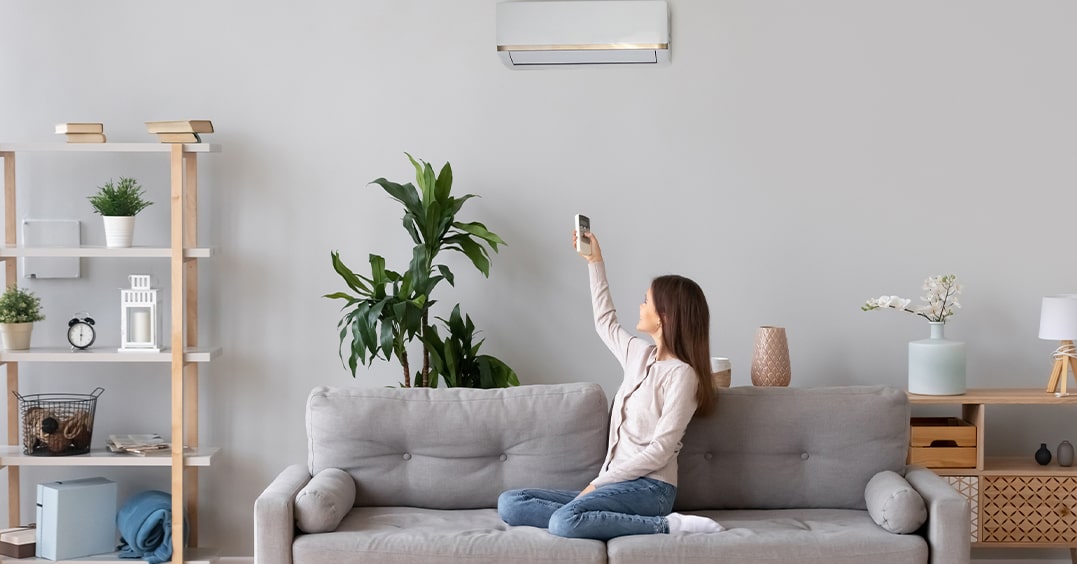
Ways To Fix This:
Step 2: Check Air Conditioning
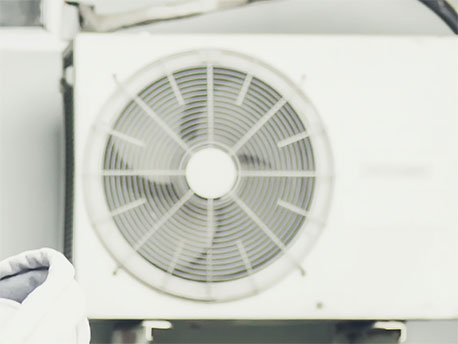
The vast majority of split and ducted systems in homes do not have a fresh air cycle so they are safe to use during a smoke haze event.
Wall-mounted box style systems and a few special split systems have the ability to draw air from outside.
Ways to Fix This:
- If you have an older style in wall box air conditioning system then set it to “Recirculate” e.g stop it drawing air in from the outside.
- If you have one of the few split systems that have the capability of a fresh air cycle then be sure to disable it.
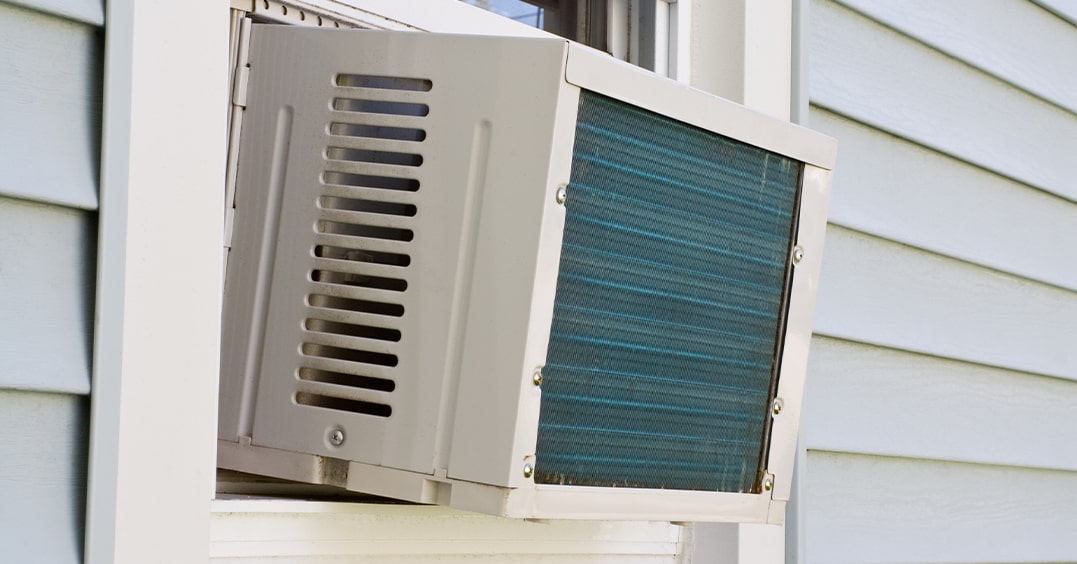
Step 3: Look at Your Fireplace And Chimneys

Seal Your Chimney Or Fireplace
Each chimney is like an open window. The easiest thing is to plug it from inside.
* If you have a gas fire in the fireplace it is not legal or safe to seal the chimney. Have the gas fire decommissioned before you close up your chimney
Chimneys can be a massive draught point in and out of our home, allowing in unwanted air, dust, insects and bugs into your home all year round
Ways to Fix This:
The easy way to fix this is to install a Chimney Draught Stopper.
Video Instructions
How to Install a Chimney Draught Stopper.
Step 4: Evaporative Cooling
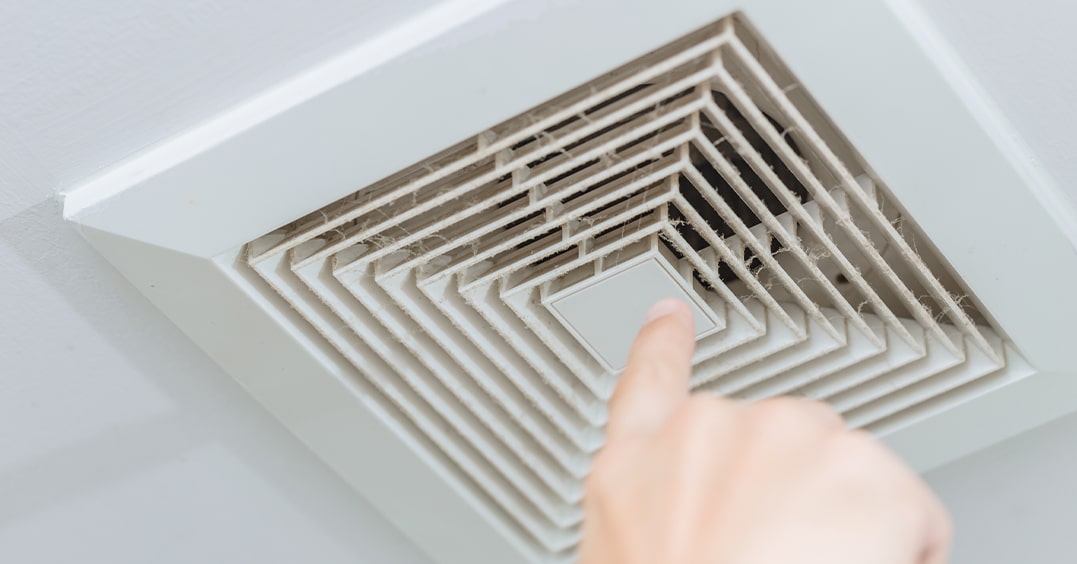
Evaporative cooling can be great but it does make your home leak like a sieve. Sealing the cooling outlets on the ceiling is the way to stop the smoke. Simply folding over the louvres is not enough.
Ways to Fix This:
There are several methods of sealing Evaporative Cooling Vents:
1. Take out the louvre squares and wrap them in cling film before putting them back in.
2. Tape white card (to match the ceiling) to the perimeter of the outlets.
3. Cover them with clear contact.
4. Get specialist made magnetic covers
Step 5: Skylights and Exhaust Fans
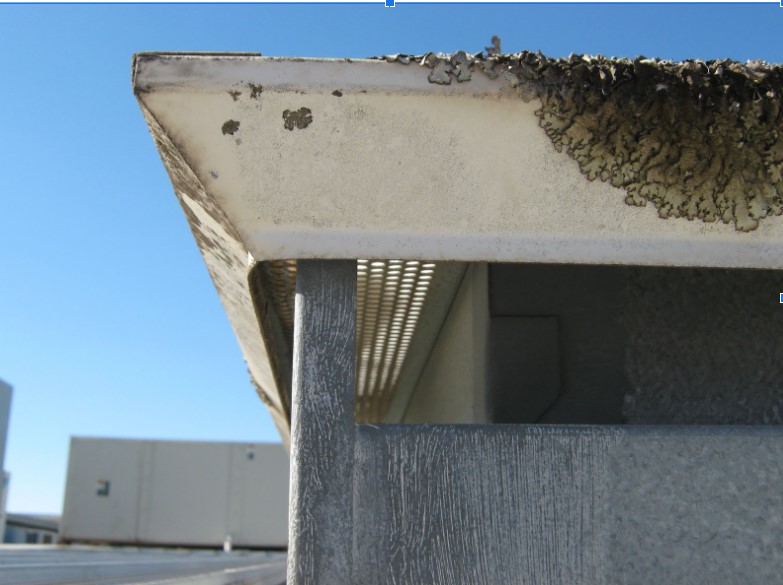
Skylights
Ventilation holes around a skylight is very common. To prevent smoke from entering your home, these holes need to be sealed.
Tape the top of skylights but be sure to clean very well first.
How to Fix It:
Sealing the ventilation holes in a skylight can be done with a high bond strength adhesive tape.
Exhaust Fans
Exhaust fans are helpful in circulating the air around a room, but they are also great big holes in your ceiling. Air and smoke can easily pass either way past the fan blades. Preventing this is really important for smoke prevention
Products You Need
The easy way to fix this is to install a DraftStoppa over the top of the fan.
An alternate method is to replace the fan with one that has a Draft Stoppa built-in.
If you have a 3-in-1 Exhaust Fan, you will need a Adapter Plate for the DraftStoppa.
Video Instructions for Installing DraftStoppas
Step 6: Your External Doors
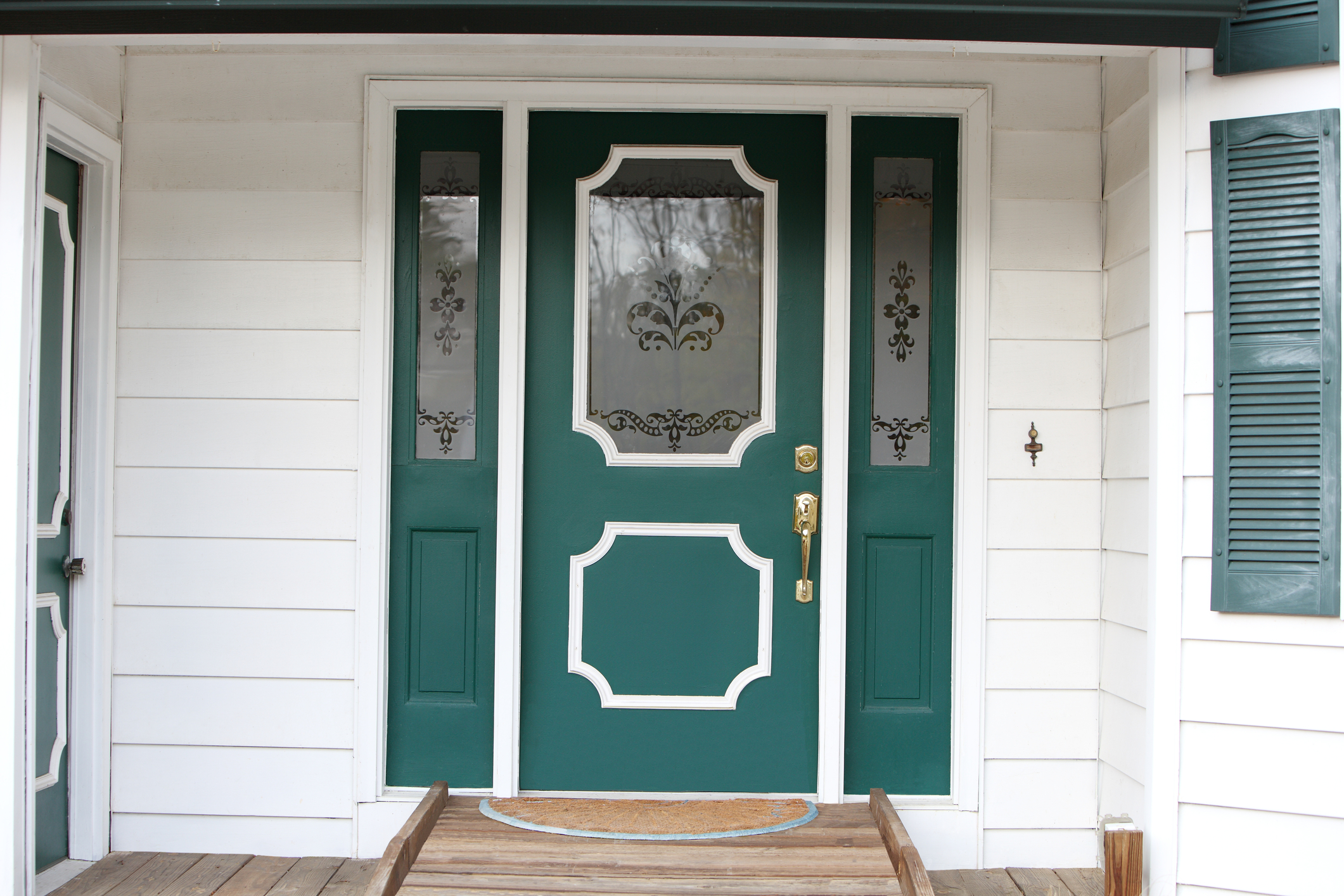
External doors can be the main culprit for letting smoke into your home. Many doors can be poorly hung leaving gaps that will let air in and out unnoticed.
Closing internal doors can significantly help in creating zones in your home to keep heating or cooling in, and at times of smoke haze, strive to limit where smoke can enter your most used rooms.
- We provide quality solutions for smoke proofing your doors.
- External doors can have massive gaps around the sides and top as well as under the bottom.
- Simple to install, will seal up to 10mm variable gaps and are long lasting.
- Just this one change will make a significant difference.
Products You Need
Most external hinged doors can be easily and effectively treated with:
If you are in a flame zone
Raven RP78 would be the best option.
Video Instructions
How to Draught Proof the Bottom of a Door
How to Draught Proof the Sides and Top of Your Door
Step 7: Your Windows

Draught proofing in a way that still allows the windows to operate as before is ideal. But during an extreme smoke event, you may just want to tape your windows closed.
Of course, you will not be able to operate the windows while they are sealed and you will have to remove the tape to ventilate your home when the bushfire or hazard reduction burn has been extinguished.
Some windows can be really draughty. At the top of the list are the double hung or sash windows which often rattle even when closed.
Awning, or wind out, windows and casement window e.g the ones that are hinged on the side like a door, can also sometimes be pretty leaky.
If you have windows in bathroom or toilet that are permanently open, then sealing those windows is critical. Then draught proof the door leading to that area to stop the smoke.
Products You Need:
- Double Hung or Sash windows can easily be treated with Draught Dodgers for Double Hung Windows.
- If you have Awning or Casement windows then you can use Draught Dodgers for Awning Windows.
- If you’re on a budget then EMV Slim Line Seals may be used, but they will not be as effective.
- If you have frameless Shugg windows, then the product you will need is GCE6.
Video Instructions
How To Draught Proof A Sash Window
Step 8: Floor and Wall Vents
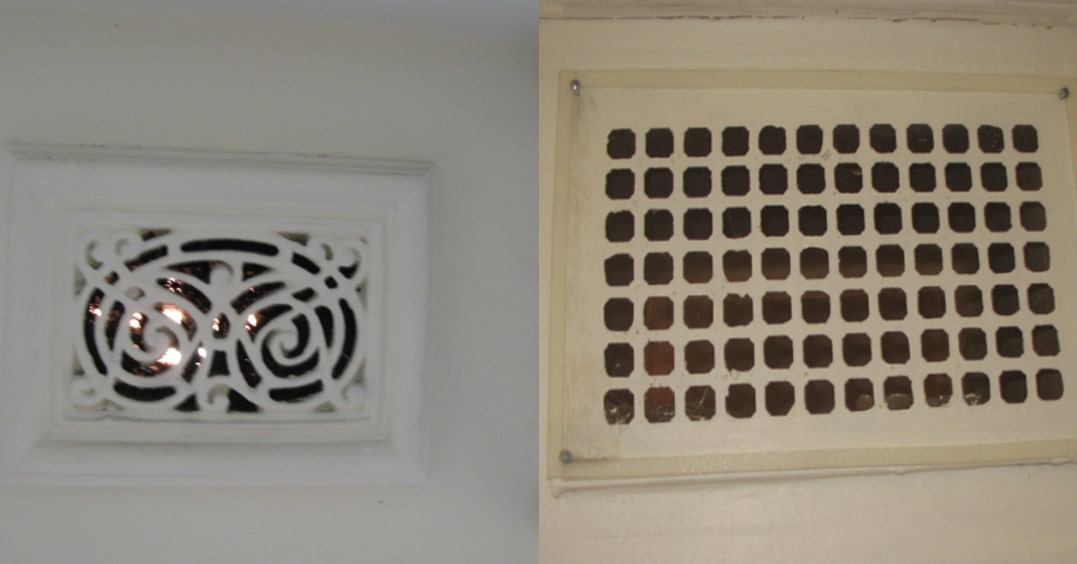
Wall vents should be sealed up unless you have a gas appliance which needs an air supply for safe operation.
If in doubt, send us a picture of your appliance to [email protected], and we will let you know.
Products You Need
To easily seal around your floor heating outlets, caulk with Ultraclear, an easy cleanup water-based sealant.
Video Instructions
Floor Vents
Floor heating outlets are sometimes not well sealed to the floor around the perimeter.
Lift the register out and take a look around the perimeter of the duct adaptor. It should be a tight fit with the floorboards. Any gaps should be sealed between the floor and the heating vent “boot”.
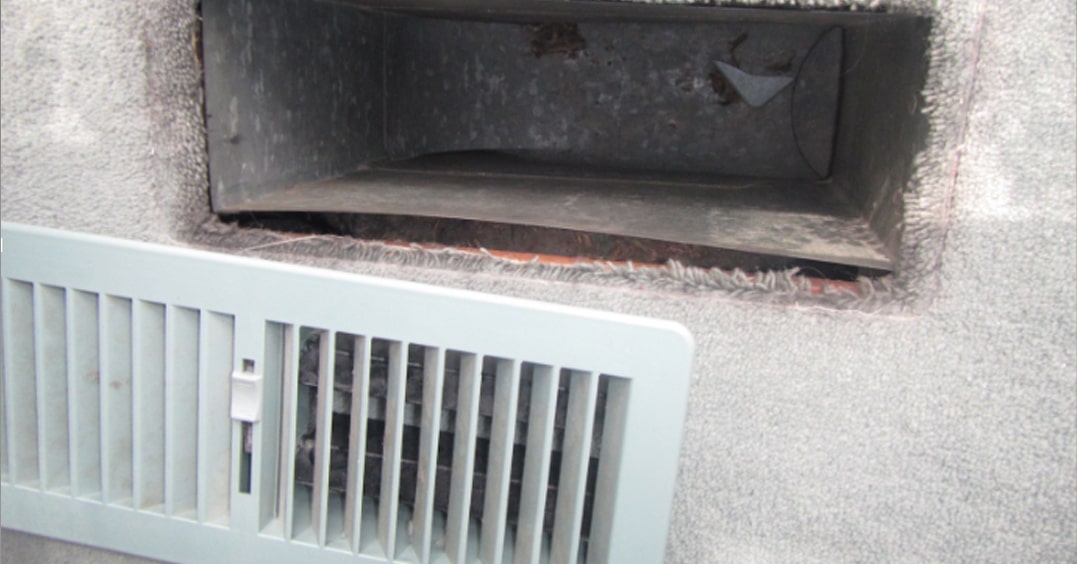
Products You Need
To easily seal around your floor heating outlets, caulk with Ultraclear, an easy cleanup water-based sealant.
Video Instructions
Step 9: Internal Doors
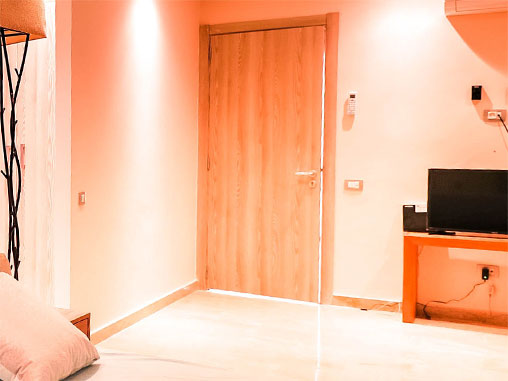
Draught proofing internal doors can be an effective way to reduce some smoke infiltration in your home. This is most usually used for wet areas such as Laundry, Bathroom, Toilet and Ensuite.
If you have exhaust fans or heat lamp units that can sometimes be very difficult to treat, then a good strategy is to draught-proof the door and keep it closed.
Products You Need
- A really simple and inexpensive way to draught-proof an internal door is to use EMV Slim Line Seal on the perimeter of the door
- RP2A on the bottom of the door
If you have a highly ventilated bathroom / laundry / toilet / ensuite then you may want to go the whole hog and use Draught Dodgers for Doors for the perimeter of your door instead of EMV Slim Line Seal.
Video Instructions
Installing a Brush Seal on an Internal Door
Installing EMV as a Perimeter Seal
Step 10: Sealing Up Your Gaps & Cracks

At ecoMaster, we recommend using a high-quality sealer. If you are going to do this, do it once, right!
Places to look include:
- Under sinks and vanities for gaps between the pipes and cupboard or wall.
- If you have gas central heating, check inside the return air space.
- The top of older oblong skylights. Often the skylight metal flange is perforated and sometimes the side walls are not well sealed to the skylight and leak into the roof.
- The space above the fridge behind the overhead cupboard. Often there are gaps into the roof.
Products You Need:
Gaps can be caulked with Ultraclear (rather than silicone which does offgas, can be very messy to apply and hard to clean up).
If the gaps are really large, you might need the Gap Filler Kit.
A cavity above your fridge can be easily treated with aChimney Draught Stopper and treat it as if it’s a chimney.
Video Instructions
SUMMARY OF INDOOR AIR QUALITY SOLUTIONS
Filters
If you have an air purifier, ensure it has a HEPA (High-Efficiency Particulate Arresting) filter as used in hospitals and clinical settings as they are most effective at trapping allergens and pollutants.
Air Conditioning
If you have an older style in wall box air conditioning system then set it to “Recirculate”.
If you have one of the few split systems that have the capability of a fresh air cycle then be sure to disable that.
Fireplace & chimneys
Evaporative Cooling
Take out the louvre squares and wrap them in cling film before putting them back in.
Tape white card to the perimeter of the outlets or simply cover them with clear contact.
Get specialist made magnetic covers.
Exhaust Fans
Windows
External Doors
Wall and Floor Vents
Internal Doors
Gaps & Cracks
Frequently Asked Questions
What level of DIY ability do I need to do this myself?
Nearly all of our products are rated Beginner in terms of DIY ability and experience required.
This means if you have done some basic maintenance work on your home, able to follow video instructions and are confident to give it a go, then you’ll be fine!
Is draught proofing and smoke proofing the same thing?
Yes. The intention is the same. To give you control over your home’s atmosphere, ventilation and eliminate unwanted air leakage. Unfortunately sometimes that air leakage includes smoke.
What is an Indoor Air Quality Monitor?
An Indoor Air Quality Monitor is a device that measures various pollutants and contaminants present in the indoor air, such as smoke and carbon dioxide levels. It provides real-time data on air quality and alerts the user when the levels are outside the recommended range. Indoor Air Quality Monitors help you identify the sources of indoor air pollution and monitor the effectiveness of ventilation and filtration systems.
What is an HEPA Filter Air Purifier?
An Indoor Air Quality Monitor is a device that measures various pollutants and contaminants present in the indoor air, such as smoke and carbon dioxide levels. It provides real-time data on air quality and alerts the user when the levels are outside the recommended range. Indoor Air Quality Monitors help you identify the sources of indoor air pollution and monitor the effectiveness of ventilation and filtration systems.
What is the difference between an indoor air quality monitor and a hepa filter air purifier?
An indoor air quality monitor and a HEPA filter air purifier serve different purposes in improving air quality. An indoor air quality monitor helps monitor and identify pollutants in the air, providing real-time data for analysis, while a HEPA filter air purifier filters out airborne particles, effectively reducing particulate matter concentration in the indoor environment. Both devices can be used together to enhance indoor air quality and create a healthier living or working space.







